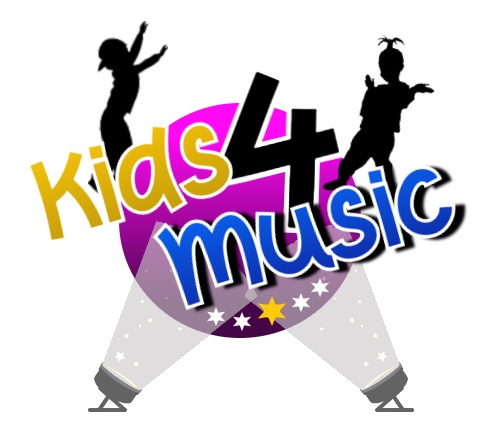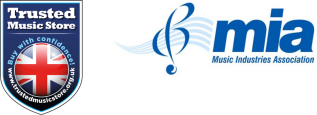
Musical Symbols
Please find below a list of musical symbols and their meanings to help you with your music theory.
Staff

The staff is the fundamental latticework of music notation, upon which symbols are placed. The five stave lines and four intervening spaces correspond to pitches of the diatonic scale-which pitch is meant by a given line or space is defined by the clef.
Bar line

Used to separate measures (see time signatures below for an explanation of measures). Bar lines are extended to connect the upper and lower staffs of a grand staff.
Treble Clef

The centre of the spiral defines the line or space upon which it rests as the pitch G above middle C, or approximately 392 Hz. Positioned here, it assigns G above middle C to the second line from the bottom of the staff, and is referred to as the "treble clef." This is the most commonly encountered clef in modern notation, and is used for most modern vocal music. Middle-C is the 1st ledger line below the stave here. The shape of the clef comes from a stylised upper-case-G.
Bass Clef

The line or space between the dots in this clef denotes F below middle C, or approximately 175 Hz. Positioned here, it makes the second line from the top of the staff F below middle C, and is called a "bass clef." This clef appears nearly as often as the treble clef, especially in choral music, where it represents the bass and baritone voices. Middle C is the 1st ledger line above the stave here. The shape of the clef comes from a stylised upper-case-F (which used to be written the reverse of the modern F)
Metronome Mark

Written at the start of a score, and at any significant change of tempo, this symbol precisely defines the tempo of the music by assigning absolute durations to all note values within the score. In this particular example, the performer is told that 120 crotchets, or quarter notes, fit into one minute of time. Many publishers precede the marking with letters "M.M.", referring to Maelzel's Metronome.
Da Capo

(lit. "From top") Tells the performer to repeat playing of the music from its beginning. This is followed by al fine (lit. "to the end"), which means to repeat to the word fine and stop, or al coda (lit. "to the coda (sign)"), which means repeat to the coda sign and then jump forward.
Dal Segno

(lit. "From the sign") Tells the performer to repeat playing of the music starting at the nearest segno. This is followed by al fine or al coda just as with da capo.
Segno

Mark used with dal segno.
Coda
![]()
Indicates a forward jump in the music to its ending passage, marked with the same sign. Only used after playing through a D.S. al coda (Dal segno al coda) or D.C. al coda (Da capo al coda).













